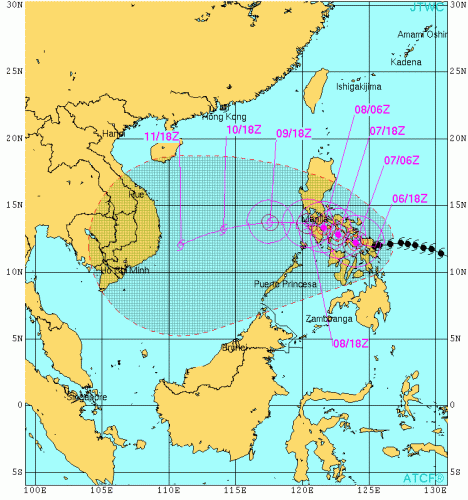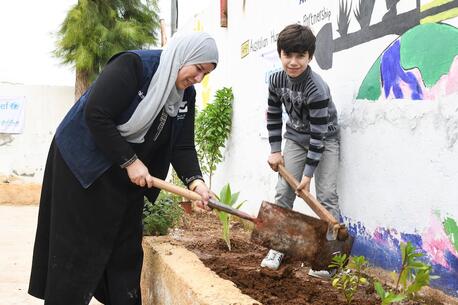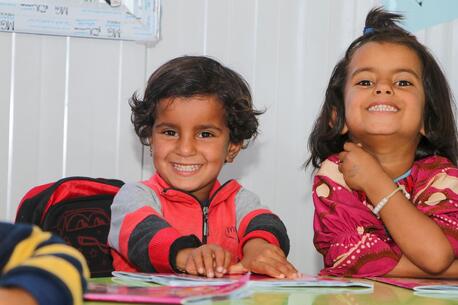Typhoon Hagupit (Ruby) Hits the Philippines
The powerful typhoon enters the Philippines as a slow-moving, yet still dangerous storm. Children and families recovering from Typhoon Haiyan are impacted again. 400,000 children are estimated to be affected. UNICEF mobilizes relief for hard-hit areas.
Updated December 8, 2014
Typhoon Hagupit (called Ruby in the Philippines) made landfall Saturday in Eastern Samar province as a category 3 storm, bringing heavy rain and powerful winds, knocking down trees and cutting power to thousands of people. More than 30 million Filipinos live in areas that may experience winds of 120 km/h or higher, according to the Global Disaster Alert and Coordination System.
While downgraded from "Super Typhoon" status, the huge storm still has the potential to cause significant damage and loss of life as it tracks across the country. The typhoon's slow pace brings with it increased risk of heavy rainfall, deadly flooding and landslides. According to the latest estimates, more than a million people are affected, including over 400,000 children.

Typhoon Hagupit is expected to take several days to cross the central Philippines. Image courtesy of the U.S. Navy's Joint Typhoon Warning Center.

